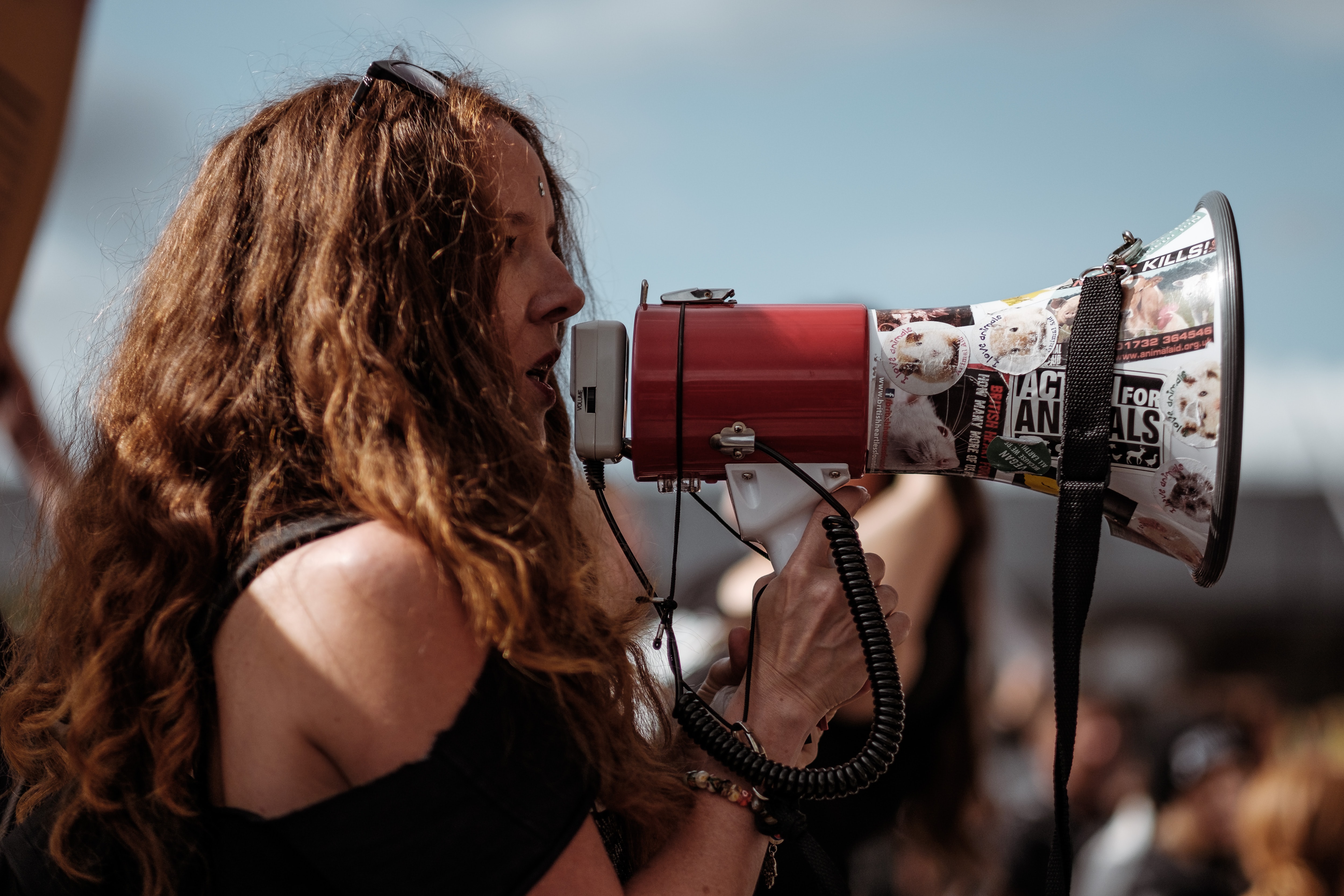Why and how to up your Event Communications game in 2020!

Photo by Clem Onojeghuo on Unsplash
By Sophie Hamdorf, Brand Visionary | Register Now
Last year we took many risks in our business, but one such risk was in the area of event marketing communications.
We were working with a few clients on their email marketing strategies but we could see that the communication loop was not complete - people that wanted to consume updates and event details through channels other than email were missing vital information and engagement about the events they were already vested in.
This is not a groundbreaking concept some participants are perfectly happy with email, some want sms, others are prolific on social such as Facebook and Instagram and love the engagement these platforms afford them, while other participants are still happy to simply jump on the trusty event website from time to time.
Considering most event databases this is no surprise at all - not all participants look the same in a demographic and psychographic sense, particularly if an event appeals to multigenerational audiences - which is, in essence, the basis of most mass participation sports events!
Now assuming our clients are busy event organiser (is there any other kind?!), to maintain an integrated and consistent communications strategy across all platforms and appealing to all types of participants can be mind boggling. Unless you have a dedicated comms person of course, which is awesome!
So we were learning that there were two major themes in play amongst the events landscape: one; not all participants wanted to consume event comms in the same format and two; under resourced organisers were finding it tricky maintaining consistent messages across all platforms.
Hey we get it, we’ve run events - it’s ok managing comms in the early days, then things get manic and small issues can blow up into huge ones and if you don’t have a dedicated communications person then this is likely the first thing to fall over because you have a bigger deadline looming - event day and that doesn’t move for anyone!
We could see this was becoming a problem for one client in particular, they were missing out on huge engagement across their socials and not getting key messages out about their event to the people that wanted to hear about it. We were already looking after their email comms so why not take an integrated approach and take over their social channels too? It was a simple solution but totally made sense and as the aggregator of their data we had a pretty good idea of what their audience looked like!
The approach was simple, we already had the event brand overview and identity mapped out from our initial email marketing strategy document and the client had several years of great “thumb stopping” content (imagery & vision) from previous events; all we had to do was pull it together and define a content schedule that was consistent with the event’s overall brand message.
We defined three key objectives for the campaign:
- Mirror the key messages used in the email marketing campaign;
- Drive increased traffic to registrations; and
- Increase overall brand awareness with use of existing content as well as user generated content.
So how did we do?
In terms of the social campaign:
- We tripled engagement
- Doubled reach
- Increased followers by 25%
Overall we’d say that’s a win in terms of engagement!
With regard to event entries and registration numbers, entries increased by 8.3% in 2019 and 72% of all registered participants were even new to the event!
Overall feedback on the event campaign was really positive and event participants became champions for the event, with user generated content and endorsements rolling in for weeks after the event had even passed!
It became really clear to us from this exercise that having an integrated approach to marketing communications is really vital! We also learnt that while email and organic social media is really important for event awareness it cannot be solely relied upon as a “sales tool”. It should really simply act as the initial part of the sales funnel.
Beyond the stats and successful feedback, a very powerful idea was growing out of this first foray into client side services. . . Has social media now replaced PR strategies of the past? What else could we be doing to improve the event experience for our client’s customers? Stay tuned for part 2 of lessons learnt and risks taken!

